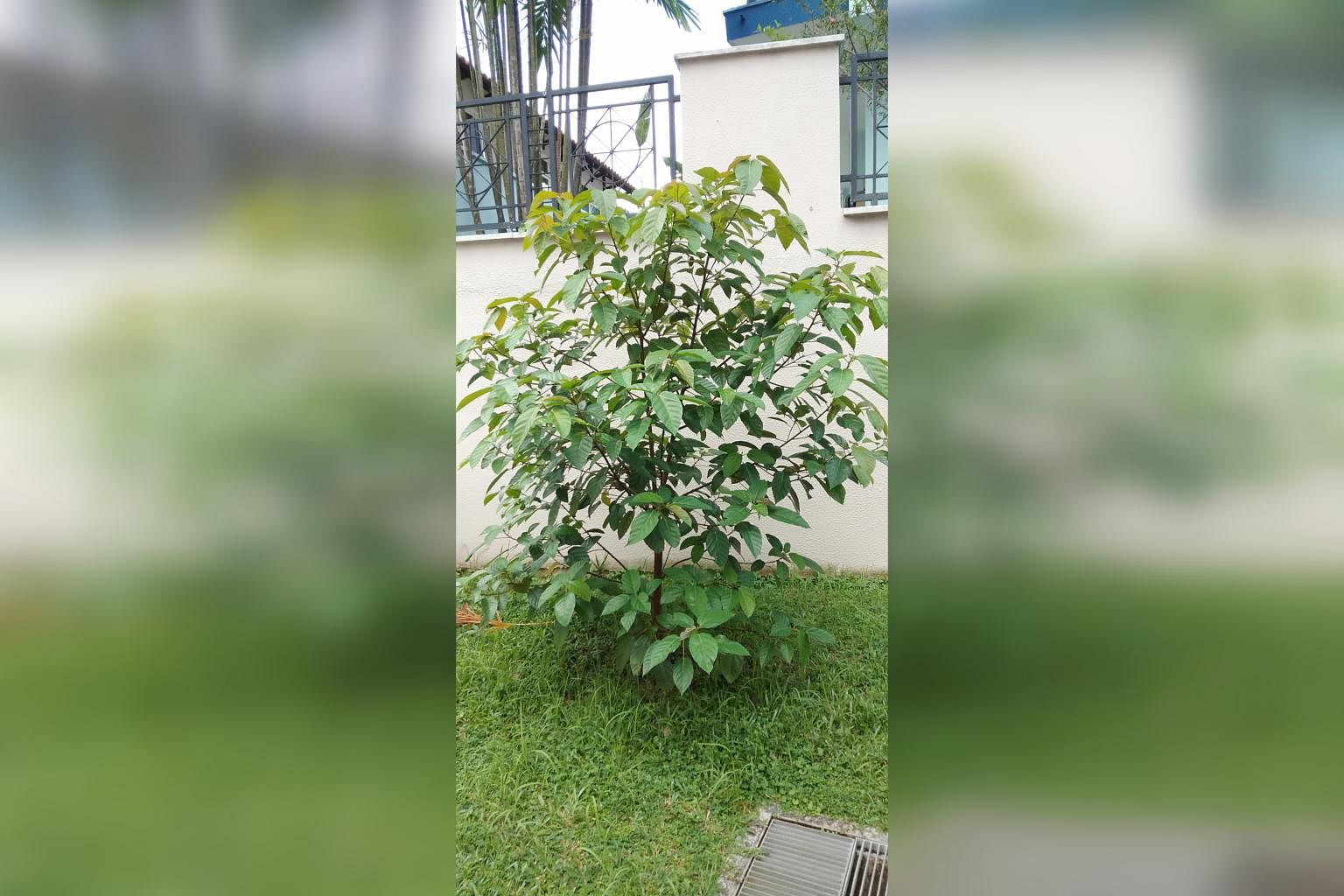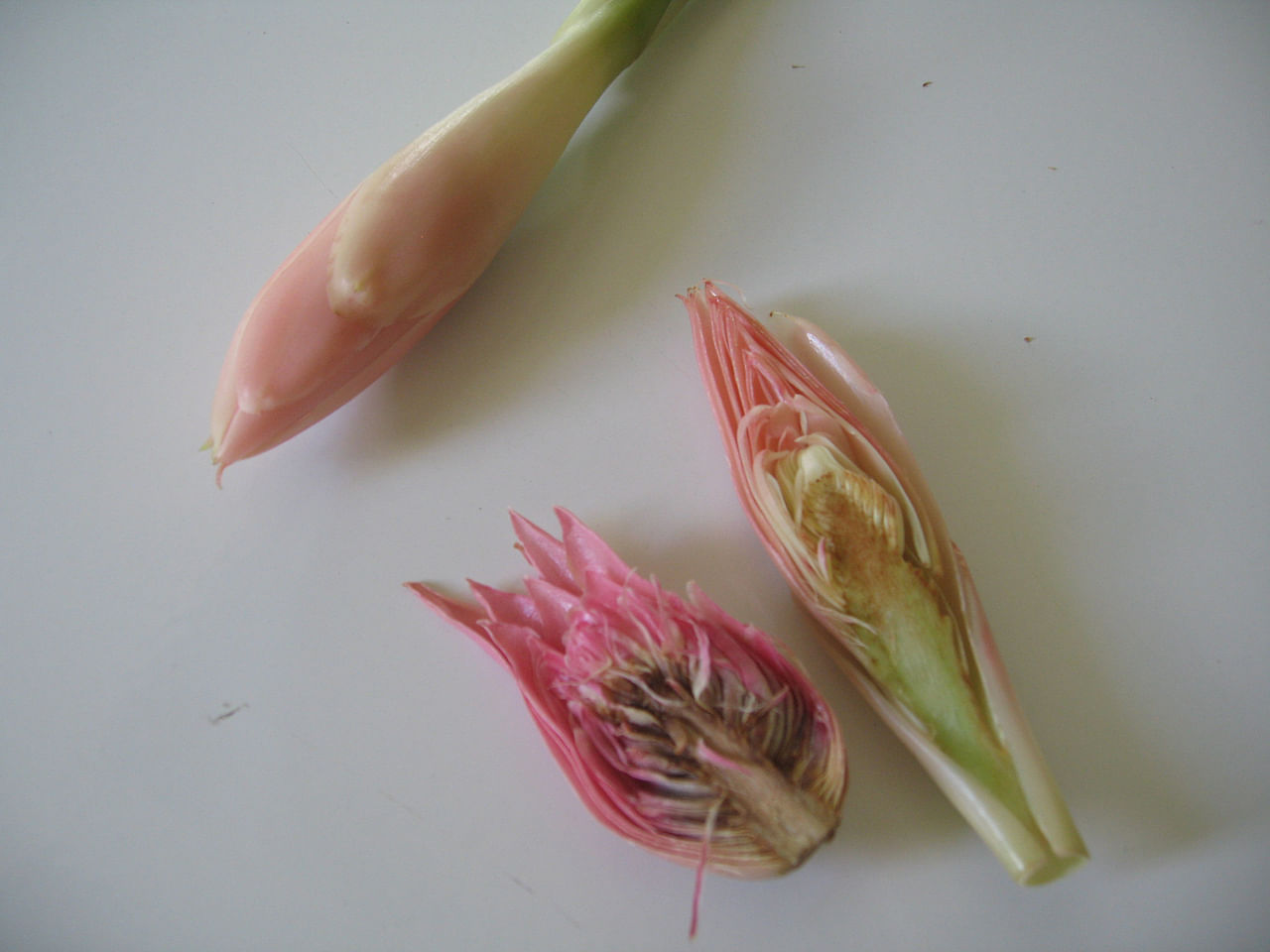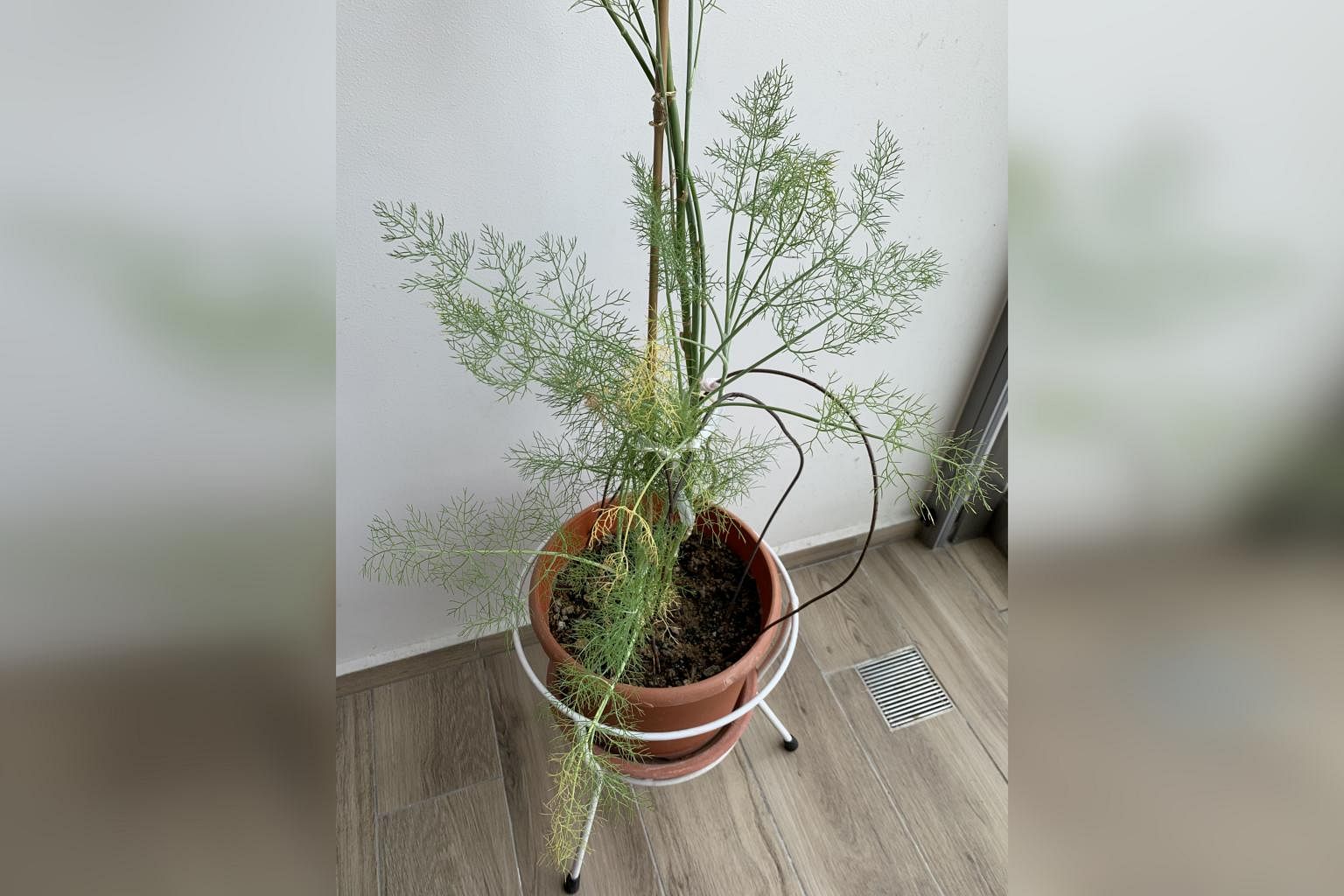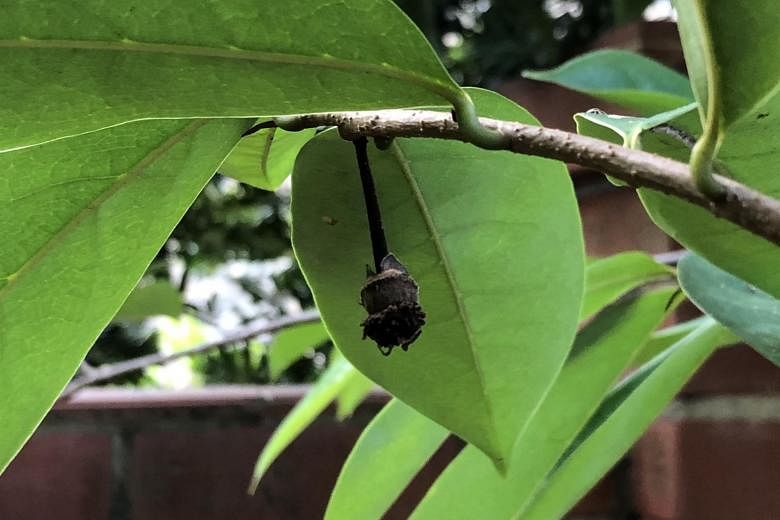Fruit trees need pollination to produce fruit
My grandpa's five-year-old soursop tree, which grew from seeds, has been flowering for two to three years. However, the flowers have always dropped off before fruiting. Recently, a fruit was formed for the first time. But subsequent flowers continue to dry up and drop. What is the cause? My grandpa has the same problem with his papaya and passionfruit plants.
Rachel Eu
This question has been answered in earlier editions of this column.
The soursop plant will fail to produce fruit if its flowers are not pollinated. Soursop flowers are pollinated by beetles, which may be absent if there is fogging or usage of pesticides in the surroundings. You will have to use hand-pollination to promote fruit production.
The soursop flowers are protandrous - the male parts mature faster and shed pollen before the female parts become receptive to pollen.
You have to collect the pollen from the flower when it first opens in the morning. Store it overnight in a refrigerator.
The next day, after the stigma - a sticky site found in the centre of the flower - becomes receptive, transfer the pollen by dabbing some of it on a cotton bud and brushing it against the stigma. If pollination is successful, fruit will be formed.
Papaya flowers can be a little more complicated. You have to check if the flowers on the plant are female, male or bisexual. You can check from their appearance by comparing images from a reputable website. Female flowers will need pollen from male blooms to set fruit. Bisexual flowers can usually produce fruit without help.
Another reason for fruit drop is waterlogged conditions that occur during the rainy season. Papayas have to grow in well-drained locations.
For passionfruit flowers, they require hand-pollination to set fruit if bees are absent in the garden.
Common Red-stem Fig's fruit can be dried, preserved

Is this the Ficus auriculata? I hope it will bear edible figs. How long does it take to bear fruit?
Pan Tek Teo
The sapling is not a Roxburgh fig (Ficus auriculata). It is the Common Red-stem Fig (Ficus variegata), a native fig species that grows up to 40m tall with a spreading buttress.
It will produce syconia (fruit) when the tree is taller than 5m. The syconia are reported to be edible where they are dried and preserved.
Saplings of the Roxburgh fig can be bought from large nurseries and should be grown in an outdoor garden with a large space as the plant tends to have low, spreading branches.
Buy torch ginger starter plants from nurseries

Where can I buy the seeds or plants of Bunga Kantan?
Geraldine Huebner
Bunga Kantan - also known by its English name, torch ginger (botanical name: Etlingera elatior) - can be grown from starter plants that are available for sale in large nurseries. These are essentially established rhizome divisions taken from a mother plant.
You can prepare a hole in the ground in your garden to grow it. The soil has to be well-drained, moisture-retentive and aerated.
The torch ginger plant can be grown under direct or filtered sunlight outdoors. The divisions, under optimal conditions, should attain a height of about 2.5m and start to produce inflorescences about two years after planting.
Plant may be dill or fennel

40126888 - The plant could be either dill or fennel, which both produce feathery leaves and yellow flowers.
What plant is this? It is special to my family as we received the seeds from a Taoist priest after my maternal grandfather's funeral in 2019.
The plant germinated and has been growing for the past year or so. It is now about 70cm tall and has some yellow flowers.
Goh Wee Gin
The plant may be either dill (Anethum graveolens) or fennel (Foeniculum vulgare). They are easily grown from seeds which are often sold as spices.
Both plants produce feathery leaves and yellow flowers. They are annual plants which die once they finish flowering and fruiting. You can collect the seeds and grow new plants.
The dill is generally smaller and produces bluish-green leaves. The fennel plant, on the other hand, is slightly larger and its leaves are a lighter green. It may not form the characteristic bulbous base.
Calathea may be infected with fungal disease

I purchased a pot of Calathea warscewiczii in late January and it has been doing well in a corner of my dining room. I recently spotted a fifth new shoot. But I also notice brown patches on the plant. I have moved it to my bathroom. Is the plant sunburnt? Can I prune the brown tip? The run-off after I water the plant is also turning orange-brown.
Emily Leong
From the appearance of the spots, it seems to be a rather localised fungal infection. The rest of the leaves appear healthy.
The fungal infection might have occurred via an injured site on the leaves that is caused by rough handling or another type of mechanical damage. The injury allows pathogens from the surrounding environment to enter.
You can prune the infected part to prevent its spread as well as for aesthetic reasons.
Continue to monitor the plant and avoid injuring its leaves.
Avoid growing the plant in a windy site. Instead, choose a location with good air circulation and light.
• Answers by Dr Wilson Wong, an NParks-certified practising horticulturist, parks manager and ISA-certified arborist. He is the founder of Green Culture Singapore and an adjunct assistant professor (Food Science & Technology) at the National University of Singapore.
• Have a gardening query? E-mail it with clear, high-resolution pictures of at least 1MB, if any, and your full name to stlife@sph.com.sg. We reserve the right to edit and reject questions.

